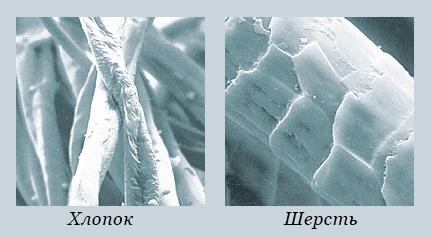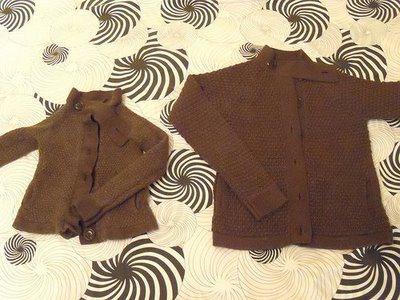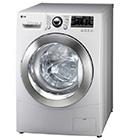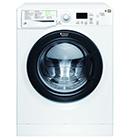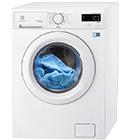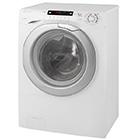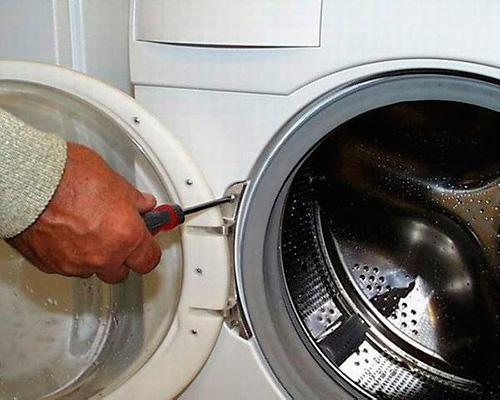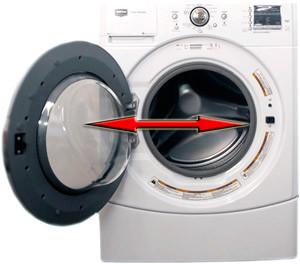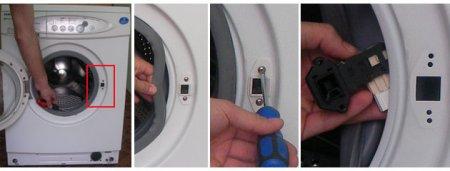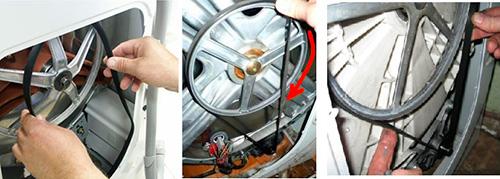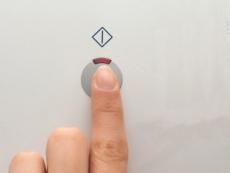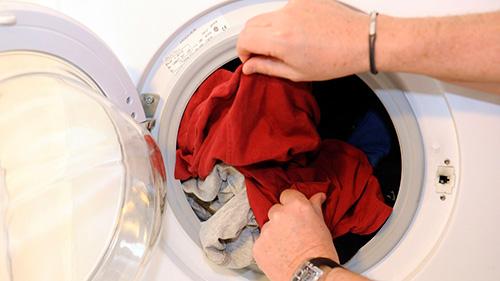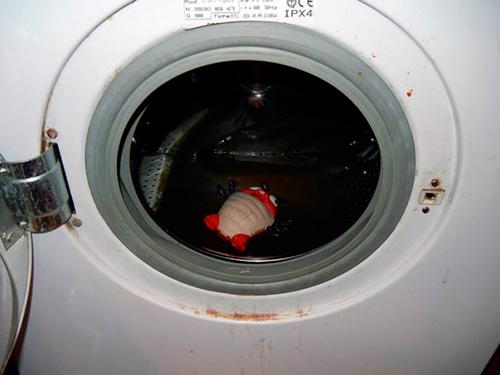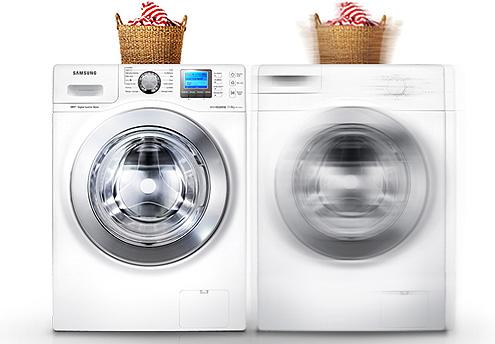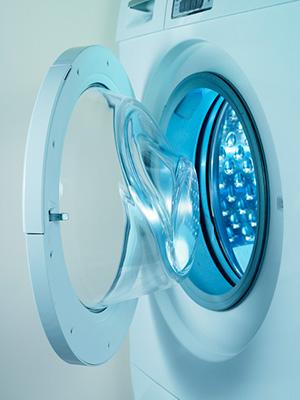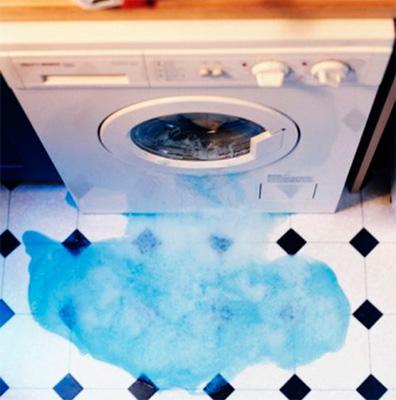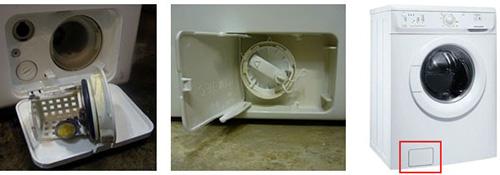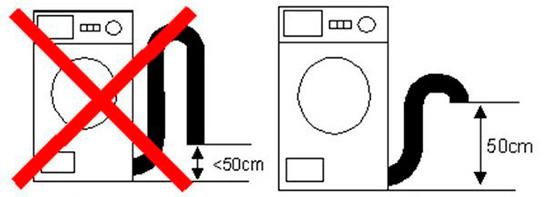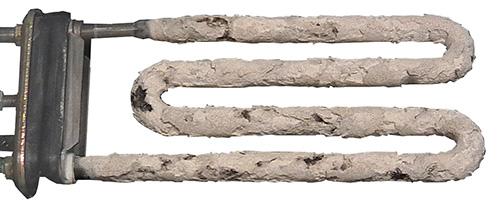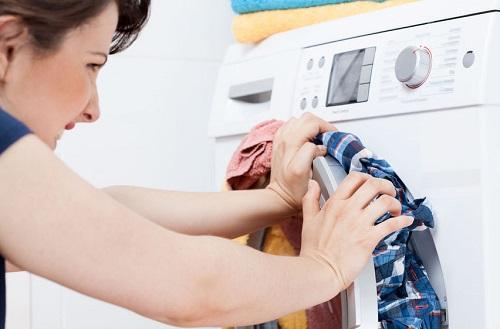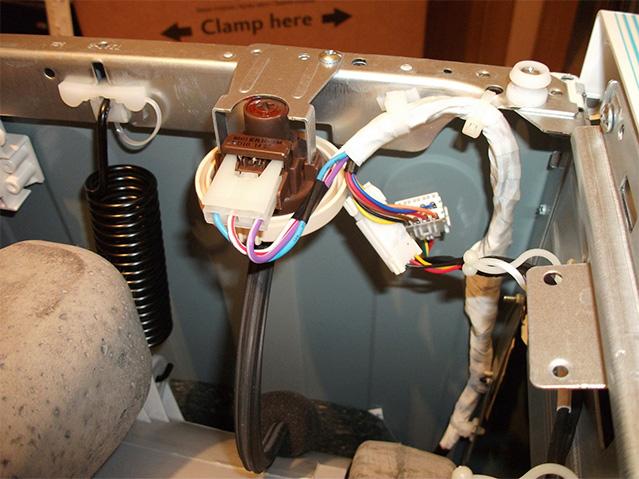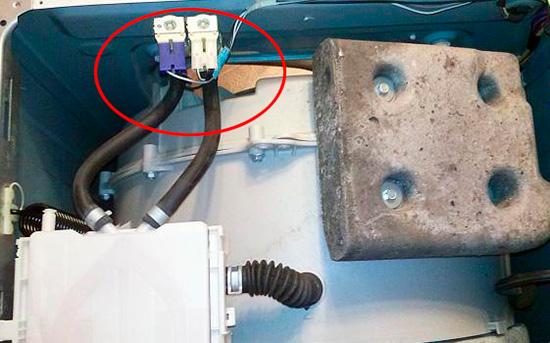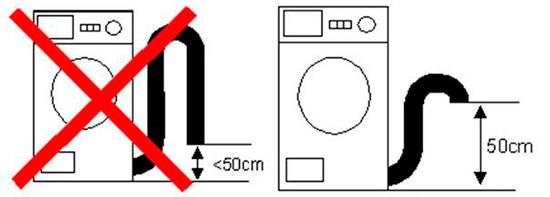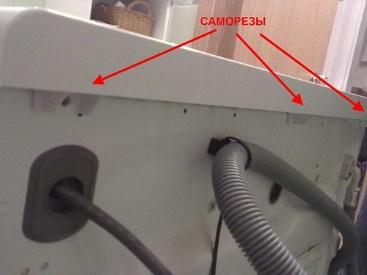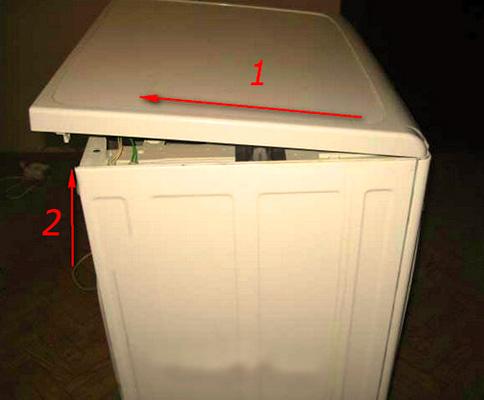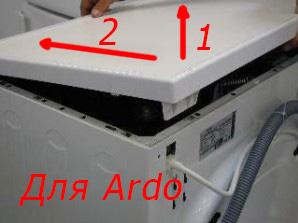Cotton items are very popular and common types of clothing. And this is justified, because 100% cotton provides good ventilation for the whole body. But cotton products need special care, because it is very easy to wrinkle, get dirty and lose its appearance. Yes, it is not synthetic, but its advantages are obvious. In this article, we will talk about how to wash cotton in the washing machine so that it does not sit down, and about all the rules for washing cotton items.
Preparing cotton clothes for washing
Before you start washing cotton items in a washing machine or by hand, you need to properly prepare them for washing.
<img class="simgcontent" src="https://fix.washerhouse.com/wp-content/uploads/20152206170924.jpg" alt="
- First of all, it is necessary sort things, i.e., separate colored cotton clothes from white. This must be done, because colored fabrics can dye white clothes and then you have to return their snow-white color.
- Also sort lightly soiled items that need a light wash from those that are heavily soiled and require an extra soak.
- Next, all the clothes you need turn inside out, this will preserve the appearance of the outer side of the fabric.
- Remove all items from pockets. Fasten buttons and zippers (if any).
- See the washing instructions on the clothes label.
How to wash heavily soiled cotton
Now you need to decide what to do with especially contaminated things. If some cotton items are heavily soiled, they must be pre-soaked. To do this, collect warm water in a bowl and dilute a small amount of powder in it. Then, soak dirty things in a basin for several hours, after which, send them to the washing machine with lightly soiled things.
Another stain removal option serves a great way, which was used by our grandmothers.If there are stubborn stains on the cotton clothes that you need to wash, then you need to do the following. Wet the stains with water, then rub them with laundry soap and rub. In this way, you will remove the stains and the clothes can be washed as usual.
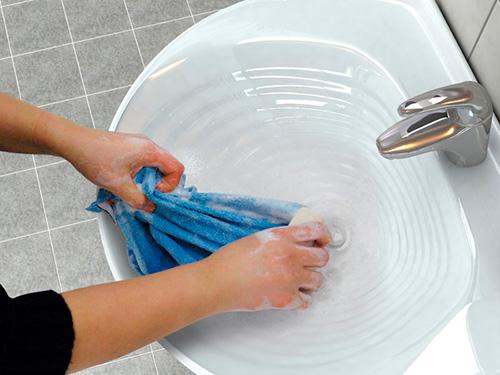
Another way that the modern industry has already given us is to use a special program on the washing machine. Many washing machines have prewash or soak program. It works in a similar way to the soaking method, which we described just above. You simply throw very dirty laundry into the washing machine and turn on this function, pouring the powder into two compartments (for pre-wash and main wash) and the machine does everything for you.
Also a great way would be washing dirty laundry with special bleach, (for example, if you need remove coffee stains from white clothes) or stain remover, which you can add when washing in the washing machine. But remember that it is strictly forbidden to use chlorine-based substances in the washing machine. Therefore, the best option would be oxygen bleaches or other stain removers that will not harm either the machine or the laundry.
At what temperature to wash cotton
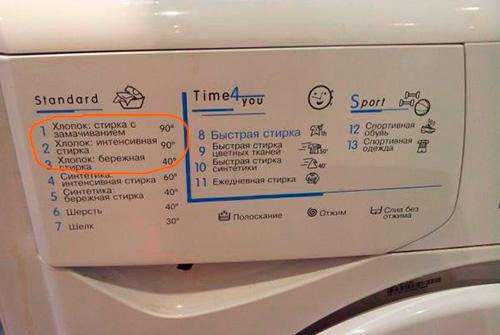
Washing 100% cotton can be done at different temperatures, depending on the following factor. As we know, colored things shed quite well during washing, and the higher the temperature of the water in which they are washed, the more things will lose color. Therefore, if you are going to wash a colored cotton dress or other colored item made of this material. That select a washing temperature not exceeding 40°C.
For white linen, the loss of color does not threaten, therefore, for washing white cotton items, you can select maximum temperature at 90°C. Our mothers and grandmothers also boiled white cotton things, and as you know, nothing happened to the things.
Which washing mode to choose for cotton clothes
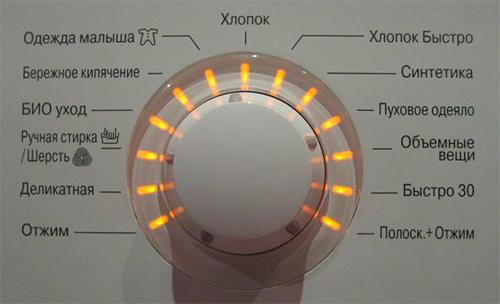
All modern washing machines have in their arsenal the “Cotton” program of the same name, which should be used for washing cotton items. Usually washing machines have not one such program, but several of its variations. For example, "Colored cotton", "Heavily soiled cotton", etc. Therefore, according to your soiling and type of clothing, you can select the desired program.
How long does the machine wash in cotton mode?
Different models of washing machines have different wash times in this mode. Also, the washing time will depend on the temperature you choose. It takes more time to heat water to 90°C than to heat the same amount of water to 40°C.
In order to find out the exact washing time in this mode, you need to refer to the instructions from your washing machine, which may indicate the duration of the program. But even if you find the exact time in the instructions, then most likely it will be very approximate.
It can be said for sure that the standard program "Cotton" is one of the longest in most washing machines.
How to wash cotton without shrinking

It is quite difficult to plant cotton, at least it is not wool that shrinks from ordinary washing. But still, if you neglect the rules of washing, then cotton can sit down.In order to prevent this from happening, the following recommendations must be observed:
- Be sure to look at the labels on the clothes - they indicate the washing rules for specific things.If you do not violate them, then nothing will happen to your clothes.
- Do not tumble dry on 100% cotton items - this also applies to drying cotton items on batteries. Drying cotton at high temperatures can cause the garment to shrink.
As you can see, the main cause of shrinkage in cotton clothes is the high drying temperature, so don't neglect it.

